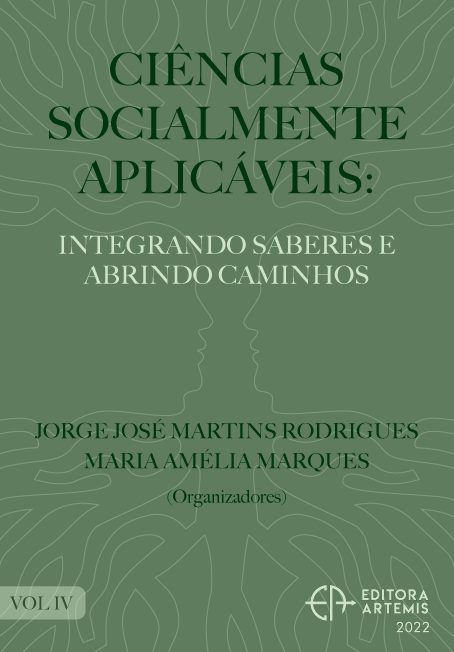
UNA HERRAMIENTA PRÁCTICA PARA LA EVALUACIÓN DE LA HUELLA HÍDRICA EN GRANJAS DE PRODUCCIÓN DE LECHE DE LA REGIÓN PAMPEANA ARGENTINA
En un contexto global que exige producir bienes de consumo con el menor impacto ambiental posible, los sistemas intensivos en cuanto al uso de los factores de la producción, deben reducir las emisiones de gases y optimizar el uso del agua. Este último punto se evalúa a partir de indicadores como huella hídrica (Water Footprint Network) o huella de agua (ISO 14.046). El objetivo del trabajo fue desarrollar una herramienta de aplicación práctica en el campo, que permitiera recolectar información a nivel de predios lecheros; para calcular la huella hídrica del proceso productivo. El soporte informático de la herramienta se basó en planillas de Microsoft Excel ®, con vínculos hacia software desarrollados por la Organización de las Naciones Unidas para la Alimentación y la Agricultura (FAO, por su sigla en inglés), como Climwat ® y Cropwat ®, más otras fuentes de información del proceso agropecuario tales como National Research Council (NRC), INTA, SIIA, MAIZAR. Dichas planillas se aplicaron durante el período 2012-17, sobre doce lecherías localizadas en la región pampeana argentina, diferenciadas por su estrategia según carga animal, suplementación alimentaria del rodeo y productividad anual. Los resultados sugieren que la huella hídrica absoluta promedia valores cercanos a 9.798 m3/ha anuales, mientras que la huella relativa se estimó en una media de 1.494 l agua/ kg FPCM. La intensificación del sistema de producción, propuesta en términos de mayor carga animal no se tradujo en una mayor cantidad de agua dulce consumida para el proceso. Se concluye, que la herramienta desarrollada cumplió con los objetivos previstos, ya que permitió un relevamiento ágil y práctico a nivel predial, y consiguió realizar cálculos dinámicos de la huella hídrica producida por los sistemas lecheros regionales. Se calificó como útil y apropiada para estos fines, permitiendo seguir el criterio de WFN o ISO.
UNA HERRAMIENTA PRÁCTICA PARA LA EVALUACIÓN DE LA HUELLA HÍDRICA EN GRANJAS DE PRODUCCIÓN DE LECHE DE LA REGIÓN PAMPEANA ARGENTINA
-
DOI: 10.37572/EdArt_29052259019
-
Palavras-chave: huella hídrica; lechería; ambiente; sustentabilidad; intensificación
-
Keywords: water footprint; dairy; environment; sustainability; intensification
-
Abstract:
In a global context that requires producing consumer goods with the least possible environmental impact, intensive systems in terms of the use of production factors must reduce gas emissions and optimize the use of water. This last point is evaluated based on indicators such as the water footprint (Water Footprint Network and ISO 14,046). The aim of the work was to develop a tool for practical application in the field, which would allow the collection of information at the level of dairy farms; to calculate the water footprint of the production process. The tool's computer support was based on Microsoft Excel ® spreadsheets, with links to software developed by Food and Agriculture Organization of the United Nations (FAO), such as Climwat ® and Cropwat ®, plus other sources of information on the agricultural process such as the NRC, INTA, SIIA, MAIZAR. These spreadsheets were applied during the period 2012-17, on twelve dairies located in the Pampa´s Argentina region, differentiated by their strategy according to animal stocking rate, herd feed supplementation and annual productivity. The results suggest that the absolute water footprint averages values close to 9,798 m3/ha per year, while the relative footprint was estimated at an average of 1,494 l water/kg FPCM. The intensification of the production system, proposed in terms of higher stocking rates, did not translate into a greater amount of fresh water consumed for the process. In conclusion, developed tool fulfilled the planned objectives, since it allowed an agile and practical survey at the farm level, and managed to perform dynamic calculations of the water footprint produced by the regional dairy systems. It was qualified as useful and appropriate for these purposes, allowing to follow the WFN or ISO criteria.
-
Número de páginas: 15
- Gustavo Daniel Gimenez
- Pablo Roberto Marini

